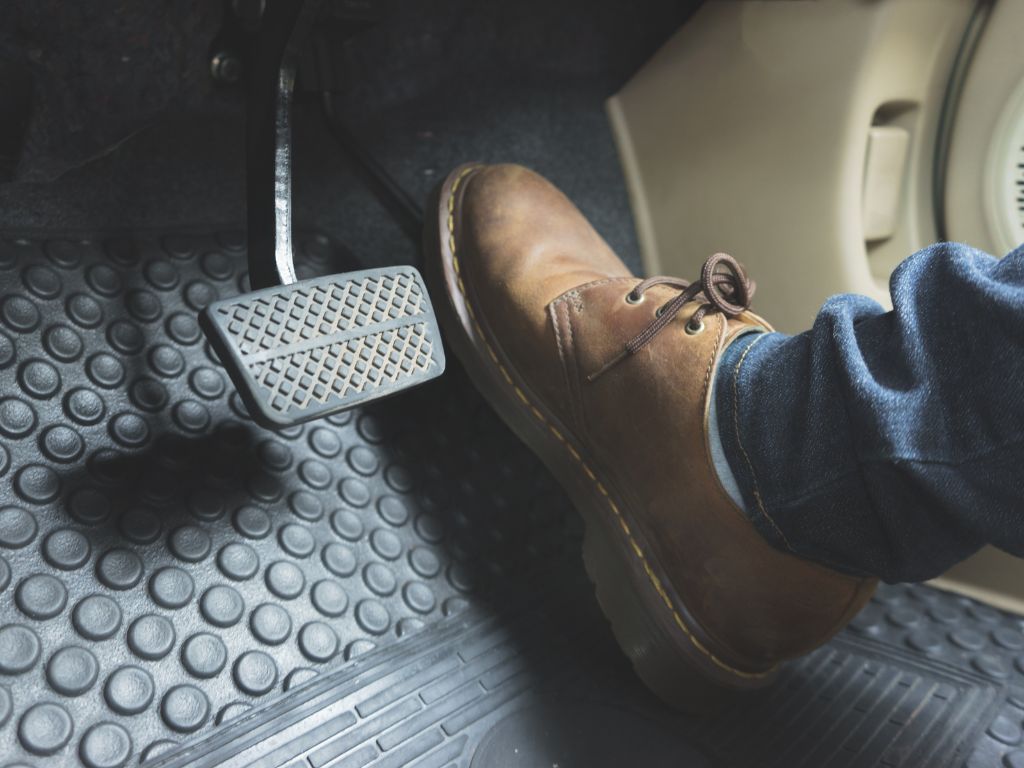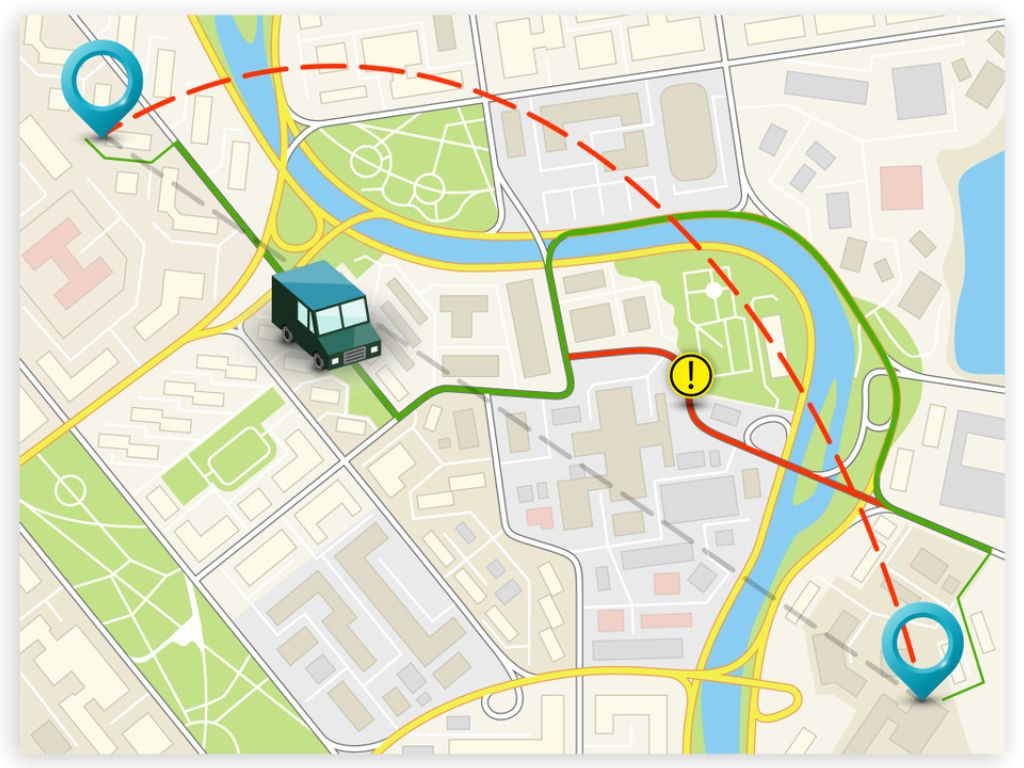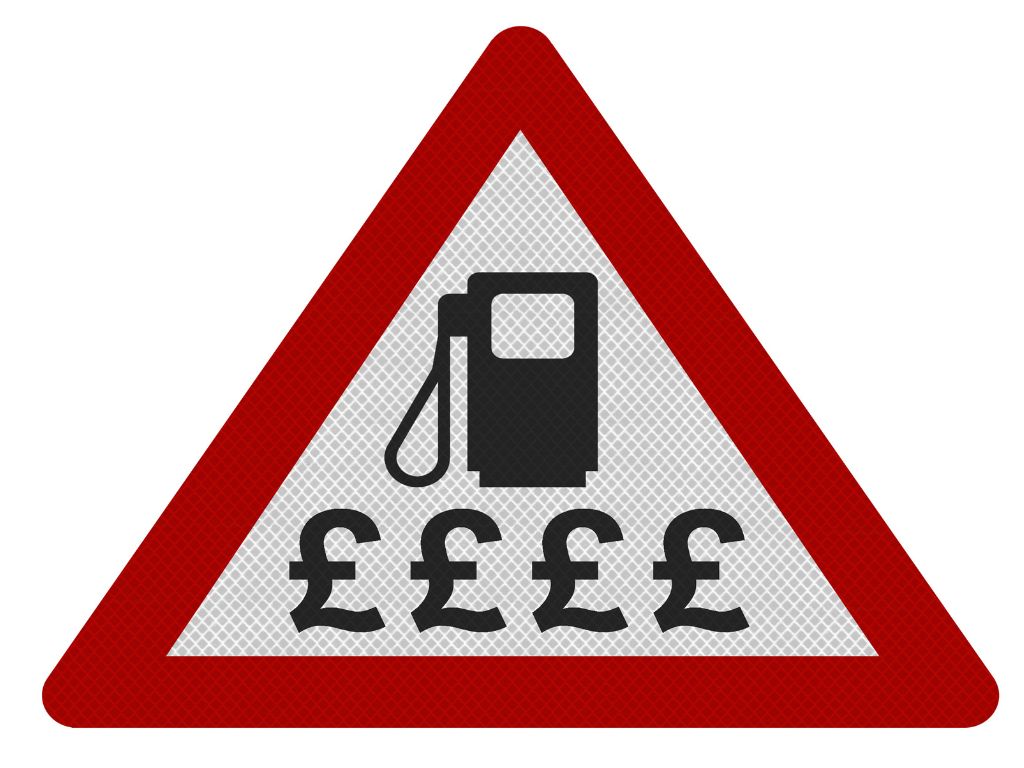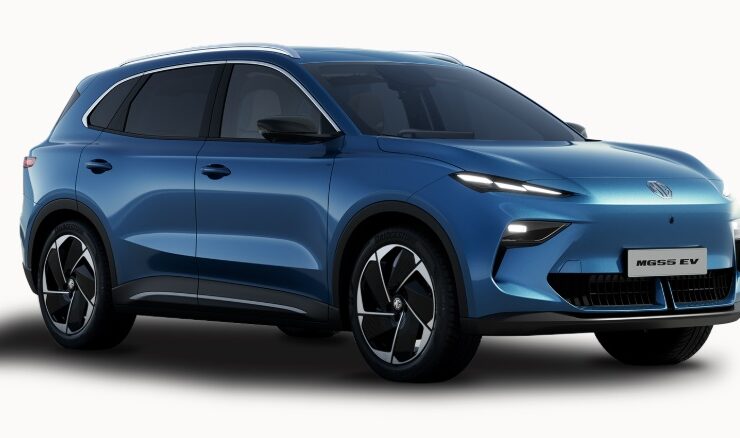With petrol and diesel costs skyrocketing and fleets more mindful than ever of reducing carbon emissions, every penny your fleet saves on fuel will go a long way.
With that in mind, here we share some of our favourite fuel efficiency tips for business fleets.
Five ways to save petrol and diesel through driving choices
There are a number of driving techniques to save fuel that you can encourage your fleet drivers to use. They include:
- Gradual braking: One of the simplest fuel economy tips is to make sure your drivers don’t speed into corners, but instead slow down gradually ready for a turning. This will make the motor and brakes work less hard, and expend less fuel over the course of a long journey.
- Easy acceleration: Just like with braking, gradual acceleration and methodically working your way up through the gears is far more fuel-efficient driving technique than your drivers putting their foot to the floor and throwing up big plumes of smoke behind them. And as fuel efficiency tips go, it’s also an easy one to implement with good training, regular reminders, and tracking your drivers’ behaviour with telematics systems.

- Minimise engine-on idling: Sometimes a driver can’t help sitting in traffic with the engine running. We get it. However, there are other times where it might be better just to switch off the engine altogether. This can be especially true when drivers take breaks. Encourage them to use their phones for music or entertainment at pit stops instead of sitting in their car or van with the ignition on.
- Lower revs: The higher the revs, the more petrol your drivers are using. A good driving tip to save fuel is for your fleet drivers to use the highest gear possible in urban areas instead, thus keeping revs low and your cumulative costs down.
- Turn off aircon: The last of our five ways to save petrol and diesel with better judgement behind the wheel is to have your drivers push the aircon button only when absolutely necessary. While it can help to make long journeys more comfortable, winding down a window can have much the same effect – and doesn’t boost your fleet’s costs.
Fuel economy tips for fleet managers
Educating your drivers about driving tips to save fuel is a great start, but there are a number of fuel-saving tips you can follow on the fleet management side of things too.
- Combine routes for fewer journeys: It makes perfect sense that the less cars your fleet has on the road, the less you’ll be spending on fuel. So one of the biggest no-brainers as fuel economy tips go is to see where you can have one vehicle doing the job of two. It might be much more cost effective for you to make one driver’s route a little longer than to send two separate vehicles out, so it’s worth putting some thought into.
- Plan routes carefully: Another thing you might do to save fuel costs is re-plan your routes to avoid traffic hotspots or simply lots of right turns. Crossing traffic is always the most timely and fuel inefficient part of a journey, so the less right turns needed, the better for your business’ bottom line.

- Lower vehicle weight: Another effective fuel efficiency tip is for your maintenance team to make sure your vehicles run as light as possible. It will also help drivers with the easy braking and smooth accelerating, making this a win-win!
- Check tyre pressure often: This is a fuel economy tip for both your maintenance team and your drivers. Whenever your fleet vehicles come back to base, checking tyre pressure should be one of the first things your engineers do. However, it’s also wise to keep a tyre pressure gauge in each car or van, and encourage your drivers to use it if they feel there’s anything wrong with the vehicle’s handling.
- Switch to electric fuel: The last of our fuel-saving tips is to switch to a less expensive fuel! It’s not a simple task, since going electric requires installing electric charging points and making sure you factor in charge range and recharge times into your journeys. But with fossil fuel costs showing no signs of flatlining, and only two and a half years to meet 2025’s first EU-wide fleet emissions targets, the switch to EVs makes more financial sense than ever.
Helping increase your fleet’s fuel efficiency
If you need help planning the switch to an electric future, or just want some advice on bringing your fuel bill down, we can help.
Take a look at our Eco Leasing page or get in touch today to discuss your needs and find the most fuel-efficient way of operating your fleet.



